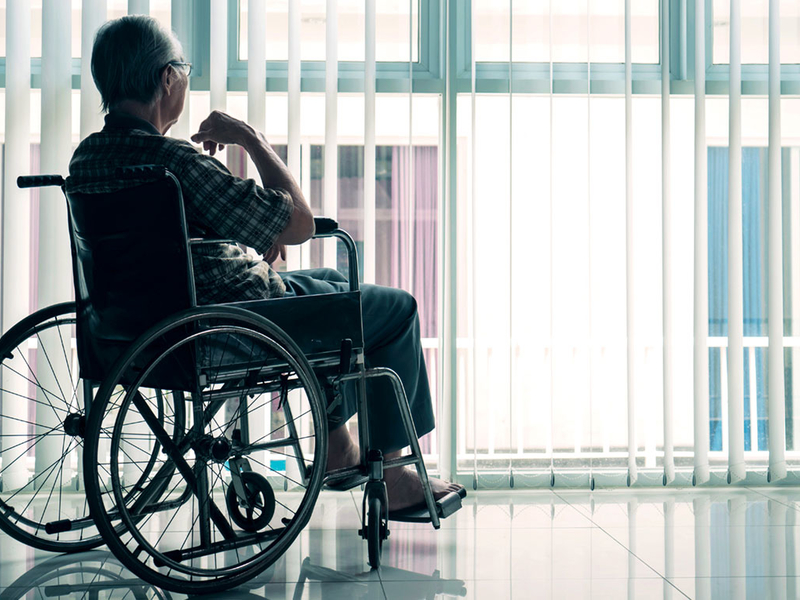 Getty Images
Getty Images
As rolling heat waves have afflicted the U.S. this summer, breaking record highs and melting streetcar cables in Portland, those who are elderly or living in isolation face more acute danger, doctors say.
In Maricopa County, Arizona, where temperatures around Phoenix have skyrocketed to 118 degrees this year, there already have been 26 confirmed heat-associated deaths, up from just six at this point in 2020. And another 148 are under investigation, according to Maricopa County Department of Public Health.
In 2020, the number of heat-associated deaths in the county rose 62% from the previous year, most of which occurred in the second half of the year. Of those 353 deaths, 61% were people who were 50 and older.
“The tragedy of these deaths is that they are all preventable,” said Dr. Rebecca Sunenshine, medical director for disease control at the Maricopa County Department of Health. “This is why it is so important that we take the time to check on friends and neighbors who live alone, especially seniors or people with chronic medical conditions.”
The story is the same across the West Coast. As climate change drives temperatures higher, vulnerable older adults are more at risk for heat-related illnesses like dehydration or heat stroke.
Those who are older have weaker cardiovascular systems and can’t dissipate heat as easily. Some take medications that can affect their body’s temperature, said Dr. Tom Macfarlane, an emergency physician at Jordan Valley Medical Center in West Jordan, Utah. On top of that, many are on fixed incomes and can’t afford air conditioning or may have a cognitive impairment that affects their ability to recognize warnings signs of heat-related illness, he said.
“If you had an isolated elderly patient, they could easily slip into heat stroke without perceiving it themselves,” Macfarlane said.
Each year, to prepare for the 100-degree days that inevitably hit southern California during the summer, Dr. James Michail, a family medicine physician for Providence, speaks at multiple skilled nursing facilities about the dangers of dehydration and coaches them on setting up hydration stations for mobile seniors and bringing water to the bedsides of those who are less active.
“The highest risk patients are geriatric patients who are completely isolated. If they do have complications, they have nobody to call; they’re completely alone,” said Dr. James Michail, a family medicine physician for Providence who works in southern California.
Rush University Medical Center in Chicago earlier this year began screening patients for isolation and loneliness, a feature integrated into its electronic health record system. When a patient scores high on their screening, they’re assigned to a team that creates a plan for them, and they receive periodic check-in phone calls.
Macfarlane said there are some services set up to help seniors, such as state-run websites on locating cooling centers or that educate on the dangers of extreme heat, but more information could go a long way in addressing the problem.
“I’m not sure they are as robust as they ought to be,” he said. “I don’t think that most people have a great grasp on why heat might be dangerous for older people, in particular. There are certainly lots of air-conditioned public spaces that people could use as cooling centers if the population had a better understating of the risks. It’s a problem that doesn’t necessarily need a bunch of new public infrastructure.”
Even something as simple as friends, family or neighbors checking in on older adults who live alone when temperatures are high could save lives, he said.
Michail also said seniors could make contingency plans like they do for earthquakes or other natural disasters for extreme heat days, in case the power goes out or the air conditioning is broken.
Source link : https://www.modernhealthcare.com/safety/when-isolation-its-deadliest











